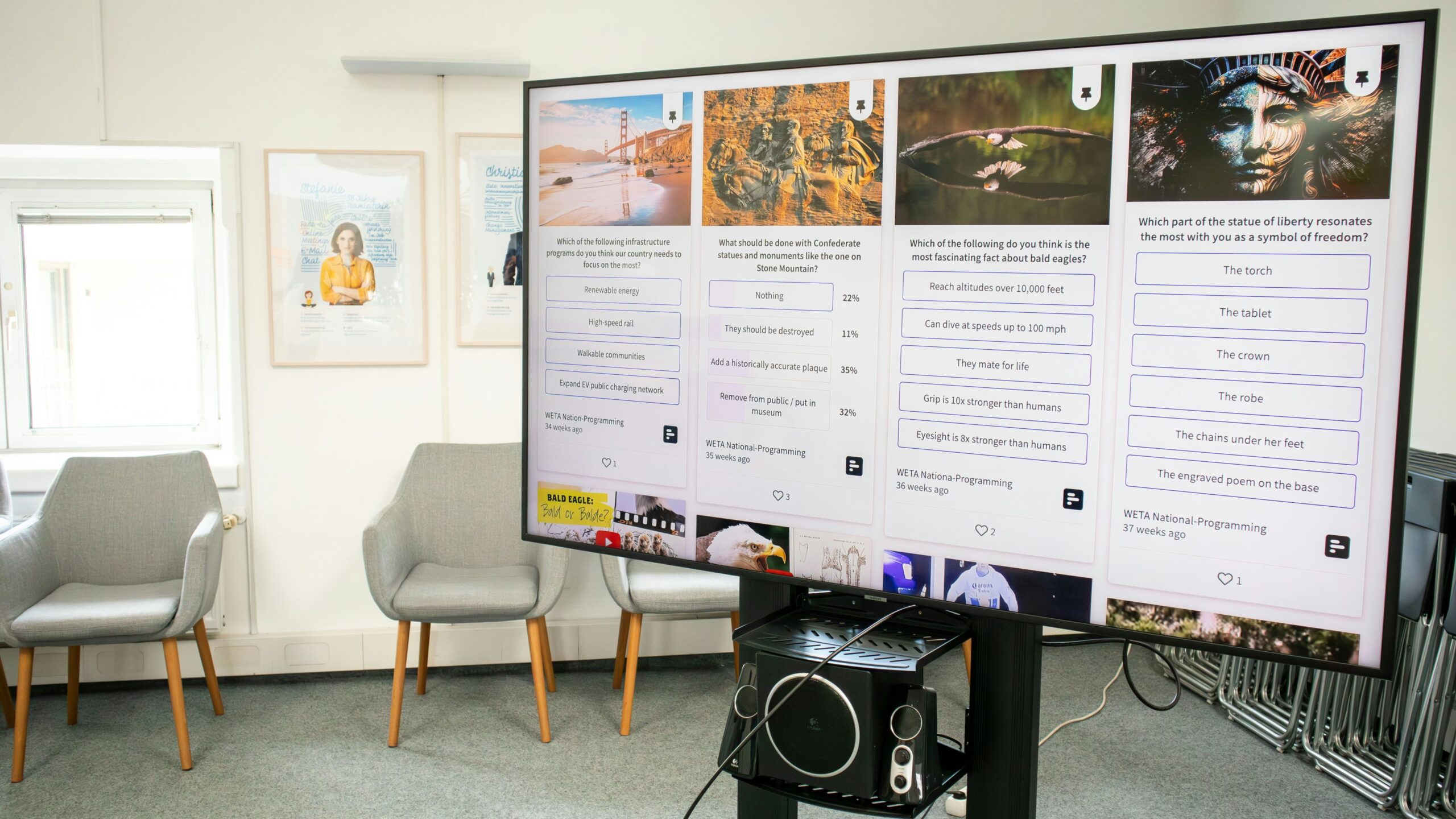
When I tell people I’m a UX designer who doesn’t have a home base, they usually raise an eyebrow. “So… you design from beaches?” they ask. Well, sometimes — but mostly from noisy cafés, airport lounges, and co-working spaces scattered across continents. Being a nomadic UX designer isn’t just about travel; it’s about designing experiences while constantly living new ones.
My day might start in Lisbon with a pastel de nata and end in Bali with a coconut by the sea. But between those moments are user interviews, wireframes, and prototype feedback calls. The beauty of remote design is that empathy doesn’t need an office — it needs perspective. And nothing gives perspective quite like waking up in a new culture every few weeks.
Each city teaches me something that subtly shapes my design approach. In Tokyo, I learned simplicity — how design can whisper instead of shout. In Berlin, I understood accessibility — how inclusive design is woven into daily life. In India, I saw how technology adapts to chaos with creativity and speed. These lessons seep into my work, helping me create interfaces that feel human no matter where users come from.
But the nomadic life isn’t all sunsets and sketchpads. There are time zones that turn meetings into midnight marathons, spotty Wi-Fi that tests your patience, and a constant challenge of balancing adventure with deadlines. Yet, this chaos fuels my creativity. When I feel stuck on a design problem, I take my laptop to a new street, a new café, a new rhythm — and inspiration usually follows.
I’ve realized that great UX design isn’t confined to a sleek office or a fancy setup. It’s born from curiosity — from listening, observing, and adapting. The more I explore the world, the more I understand what connects people — the desire for ease, joy, and clarity in the digital spaces they use every day.
So yes, I design from beaches sometimes. But mostly, I design from life — one Wi-Fi signal, one story, and one journey at a time.
